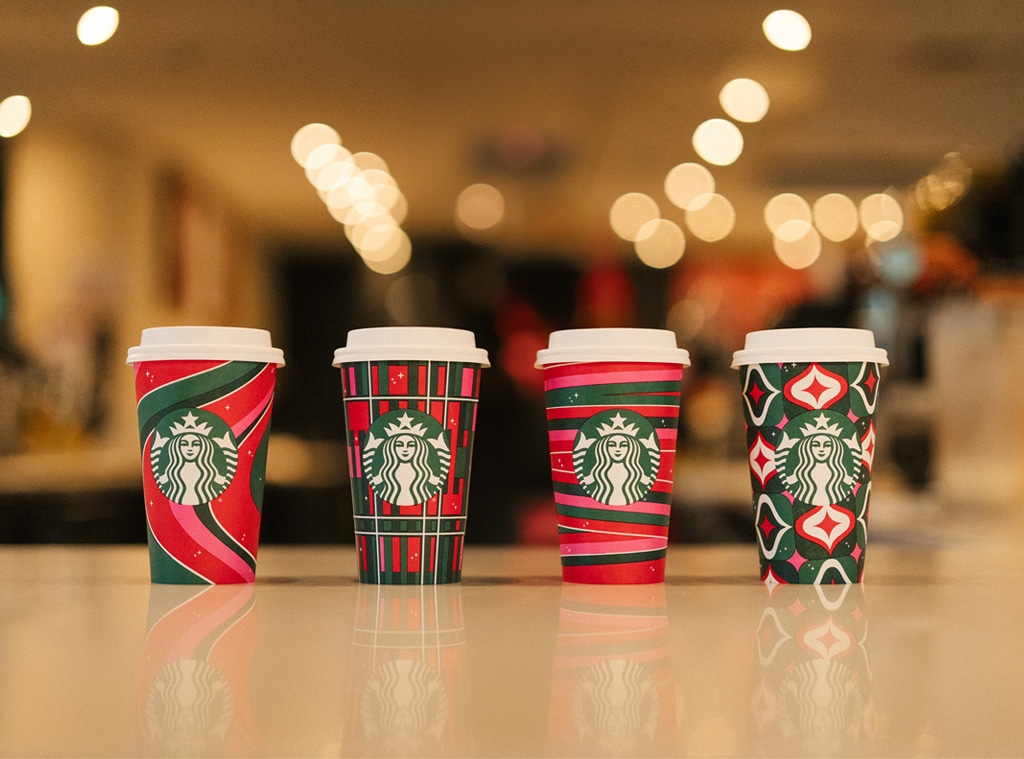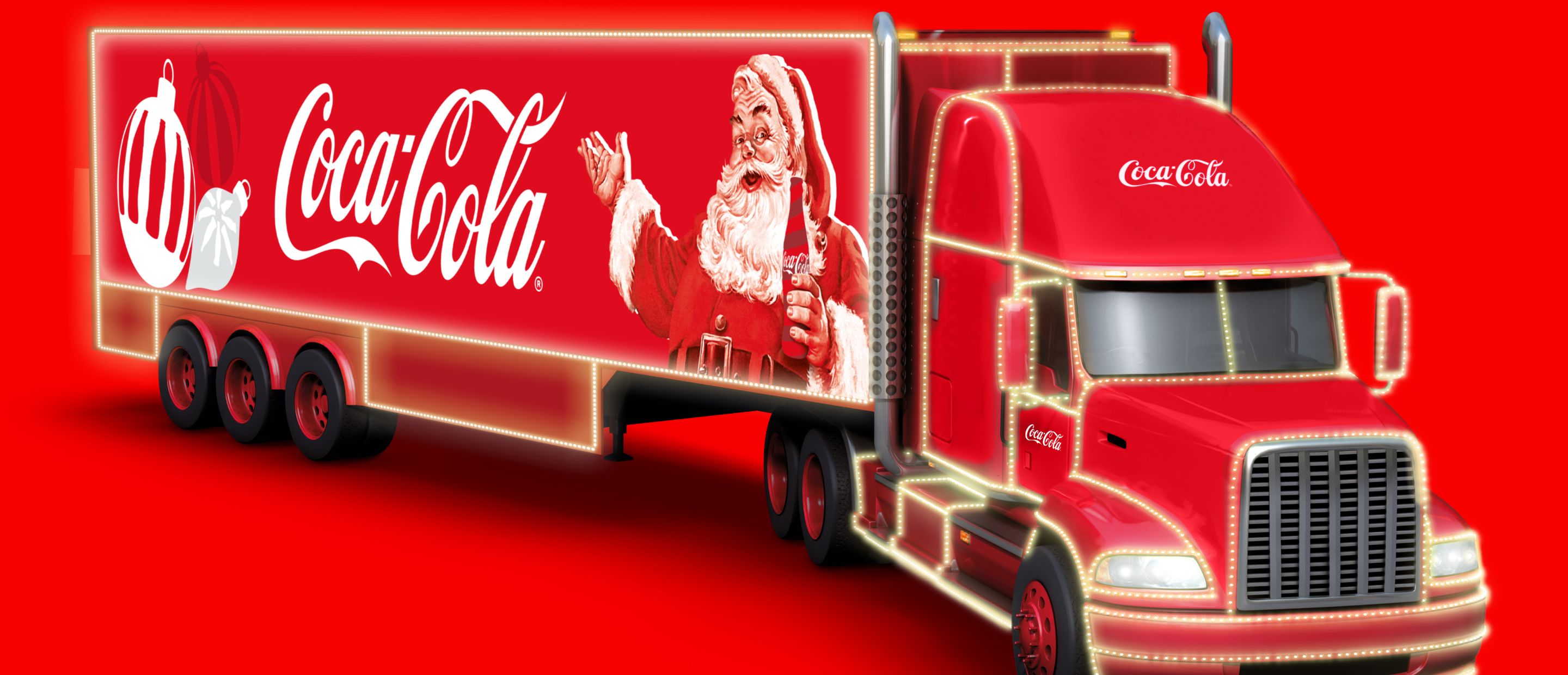The Business of Emotion: It’s beginning to look a lot like Christmas
‘Tis the season for mixed emotions: the excitement of the office Christmas party, the terror of the office Christmas party, the joy of giving, the fear of receiving. We could go on.
Behavioral science doesn’t take a Christmas break. It explains why we do what we do, and there are many learnings for brands and experience design.
…So, what can we learn from the Christmas experience?
Does your grandma always tell you that the old songs are the best?
We all have Christmas rituals and beliefs about what should happen and when – whether that’s opening one present on Christmas Eve and the rest on Christmas morning, or whether it’s attending a Christmas service.
The science: Whatever your Christmas ritual, behavioral science tells us that we’ll feel a sense of comfort in sticking to them. As humans, we’re wired to avoid uncertainty and taking part in rituals allows us to do that, by providing a clear set of rules about how we should behave, removing any sense of ambiguity. One study, which measured how people felt before and after the Christmas and New Year holidays, also revealed that participating in ritualized family celebrations can have positive effects on our own sense of wellbeing and overall satisfaction with life in general.
Christmas business: Brands and businesses alike can create rituals – both for customers and for staff. Internal events such as Christmas Bake Off competitions, Christmas dinners or charity days where the staff come together, taking advantage of Christmas traditions (trees, carols, gift giving), can create a real sense of community particularly when repeated year on year.
We all recognize and look out for the Starbucks Red cups and the seasonal flavours. For their customers, the drinks, the cups and the music and decorations are all part of the build up to the holiday season. They have even run Instagram competitions – #RedCupContest – around sharing your drink and taking the best holiday photo.

Starbucks/Nicholas Sampogna
For your customers, find ways of becoming a part of their seasonal rituals – by committing to regular experiences or simply changing up your communications, so that they begin to expect a tangible experience where they enjoy a Christmas moment provided by you.
Chestnuts roasting on an open fire
There are probably a number of things you just have to buy at Christmas, whether that’s a family box of Quality Street ® or a bottle of Baileys or port…or chestnuts! But why are we drawn to these products at Christmas and not at other times of the year, and what does this tell us?
The science: Behavioral science tells us that the human brain is highly proficient at making connections and forming associations. It stores and organizes related information in associative networks, which helps us to make sense of the world and efficiently retrieve information from our memory when needed. Simply presenting pieces of information together or in close succession repeatedly over time can be enough for the brain to form a connection, producing an associative network.
This process (otherwise known as ‘associative learning‘) is central to how marketers change how consumers see products and brands. Through creating ‘brand associations’ with certain attributes, values, emotions, or experiences, consumers develop rich representations of what the brand means, shaping the brand’s image.
Christmas business: Just take Coca-Cola’s long-running ‘Holidays Are Coming’ Christmas ad. Through repeatedly pairing Coca-Cola with a catchy Christmas jingle, red Christmas trucks and, of course, Santa, Coca-Cola’s marketers have made the annual Christmas ad synonymous with the beginning of the holiday season. Research conducted by Coca-Cola found significant anticipation for and emotional connection with the brand’s long-running ad, with over two-fifths (44%) of British consumers saying that the ad marks the official start of the Christmas season for them.

Coca Cola
Save the Children have created a pop-up shop in Covent Garden selling used Christmas jumpers. They have effectively associated themselves with a Christmas Jumper Day, which has made them £35million since they started a decade ago. The shop is called Story Knits because each jumper comes with a story of one of the children who have been helped by the charity. And there’s an online shop too! There’s no obvious or direct connection between Save the Children and Christmas, but they have found a clever way of tapping into the ‘must-buys’ of the season to benefit kids.
Save the Children
He’s making a list, checking it twice…
Buying gifts can be a real hassle, with second-guessing what presents you might receive from others to ensure you gift an equally great present. Christmas cards add another layer of uncertainty – do you send them? What if others do, and you don’t?
The science: The reason we grapple with these dilemmas is that we are wired to reciprocate. Specifically, the ‘reciprocity bias‘ describes the instinctive human tendency to feel compelled to return favors or gestures in response to kindness or generosity from others. Evolutionary psychology explains this effect based upon the fact that humans evolved in groups, in which reciprocation was beneficial for survival.
Studies have shown that we feel compelled to reciprocate even when it comes to receiving trivial things from others, including Christmas cards. For example, one study in the US found that the reciprocity norm was so strong that 20% of people felt compelled to return a Christmas card to a complete stranger!
Many brands also leverage the reciprocity norm by offering giveaways, free samples and other forms of generosity that create a sense of indebtedness in customers. Whilst many of us may see through these attempts, the science tells us that we’re likely to feel most compelled to reciprocate when the gift feels personal, unexpected and valuable.
Christmas business: Many brands have used personalized gifting over the years, from the Post Office’s bespoke stamp pop-up that gifted guests the chance to design their own stamps to encourage them to post their mail with them, to WestJet’s Christmas Miracle, where guests were surprised on the airport carousel with a gift they had requested from Santa mere hours before. Gifts don’t have to be physical, they can be services, but the personal touches lift the spirits or if you’re going to be a Scrooge about it, encourage your loyalty!
‘Tis the season to be jolly!
Christmas is a time to come together and celebrate with family, friends and co-workers. Attending the Christmas party may be high up on your agenda, or perhaps it’s something you’d prefer to be over quickly. So, why might you want to consider getting together with others this year?
The science: As we wrote in our recent article (The Power of Groups), behavioral science tells us that sharing experiences with others, particularly when they evoke shared feelings and emotions, can help to strengthen a sense of belonging and commitment to the groups we’re part of. Specifically, this highly positive sensation, known as ‘collective effervescence’, creates feelings of unity and togetherness and can even help us to feel a greater sense of meaning in life.
Recent data suggests that we can find greater enjoyment from events and experiences if we participate in them with others. For instance, one study, which tracked individuals’ emotions when watching movies and theater performances, found that being part of an audience led to stronger emotional responses compared to when experiencing these things alone. So, if you really want to feel the Christmas spirit this year, perhaps opting for some group-based Christmas festivities might help!
Christmas business: When businesses are more conscious of budgets, there is the temptation to scale back or perhaps even cancel seasonal celebrations. But it’s better to think of these parties as an investment in the unity of your team. The cost of recruiting a new member of staff has been estimated at 3-4 times the salary of the position they are recruiting for. People who form strong ties within businesses will be less inclined to move to other jobs. And there is always a surge in the New Year of job applications. So, your Christmas party might make that star employee feel valued and help you to keep them into the New Year.
I’m dreaming of a white Christmas, just like the ones I used to know
For some of us, the thought of Christmas might be overwhelming. The pressure to make sure every moment of the holiday is perfect can sometimes suck the fun out of it.
The science: The good news is, to create a truly great Christmas, the science tells us that we don’t need to focus on making every detail right. When we cast our minds back to a past event or experience and remember how happy or sad we felt, we don’t evaluate every detail. Instead, we tend to evaluate experiences based on the emotional ‘peaks’ we felt – the highest high, the lowest low, as well as how the very end of an experience felt (‘the peak-end rule‘). In other words, we don’t remember every moment when deciding how good (or bad!) an experience was.
So when it comes to Christmas this year, try to worry less about striving for perfection. Instead, why not focus on a few key moments within your control where you can really excel, whether that’s a great Christmas lunch, or unveiling a brilliant Christmas surprise for your clients or employees. If you do this, you should be set for another great Christmas!
